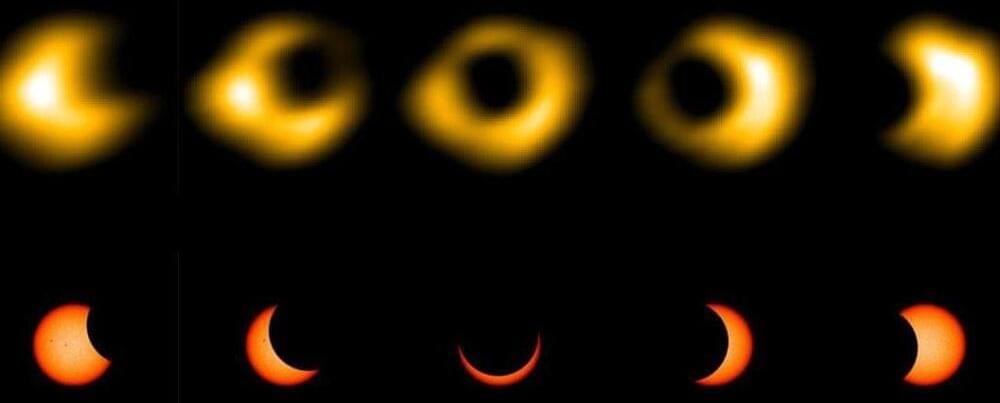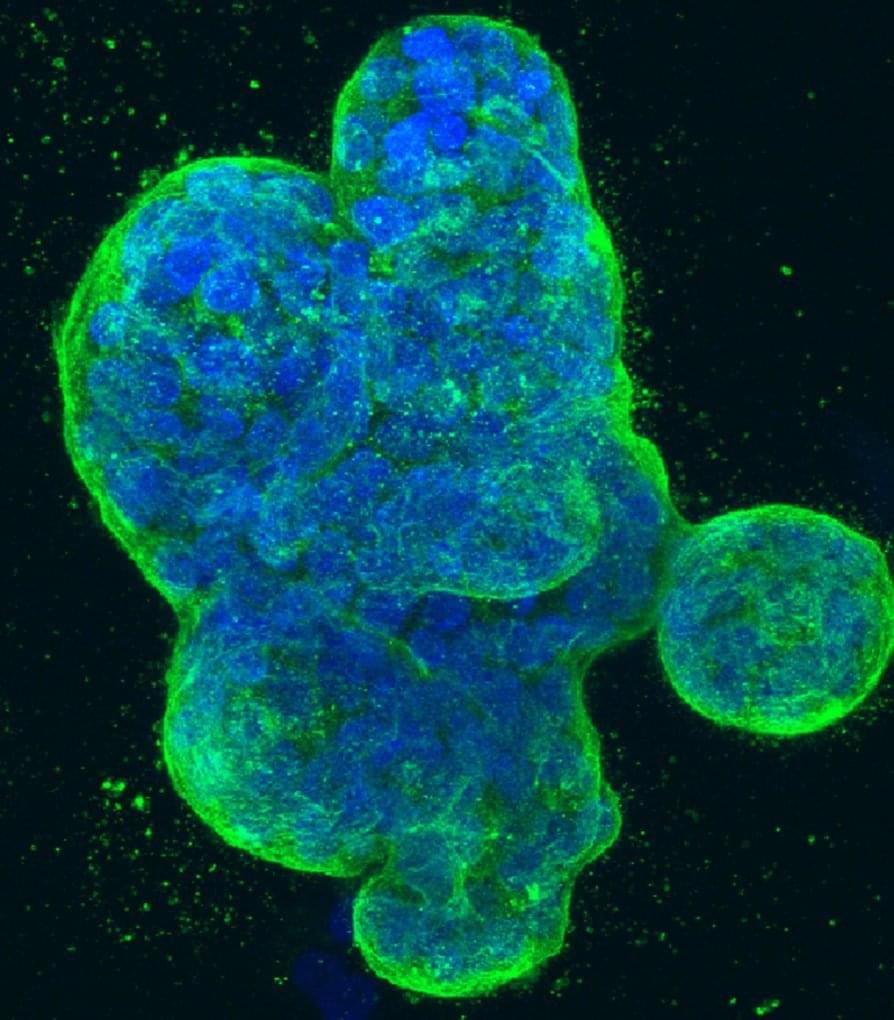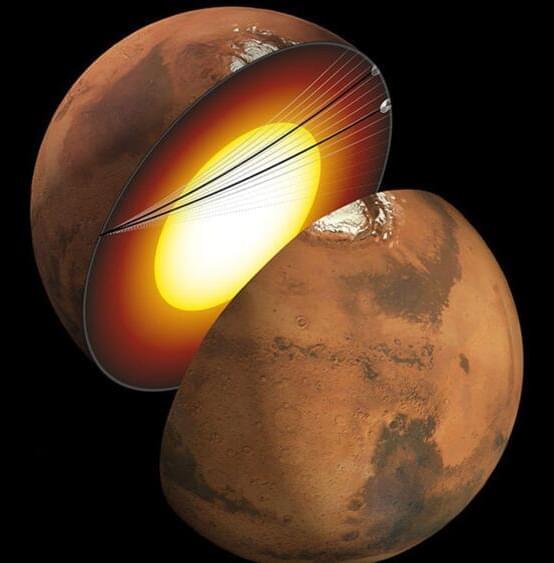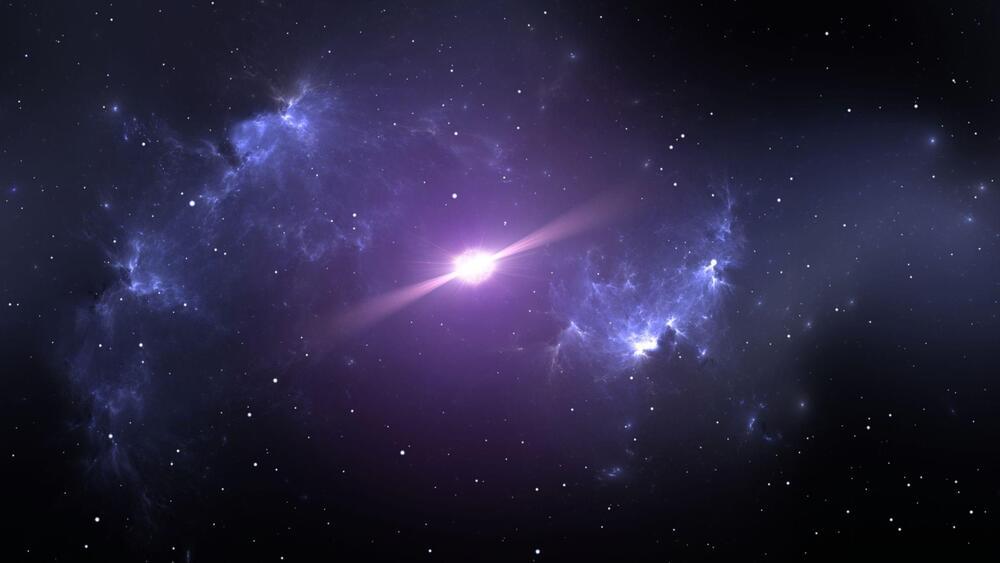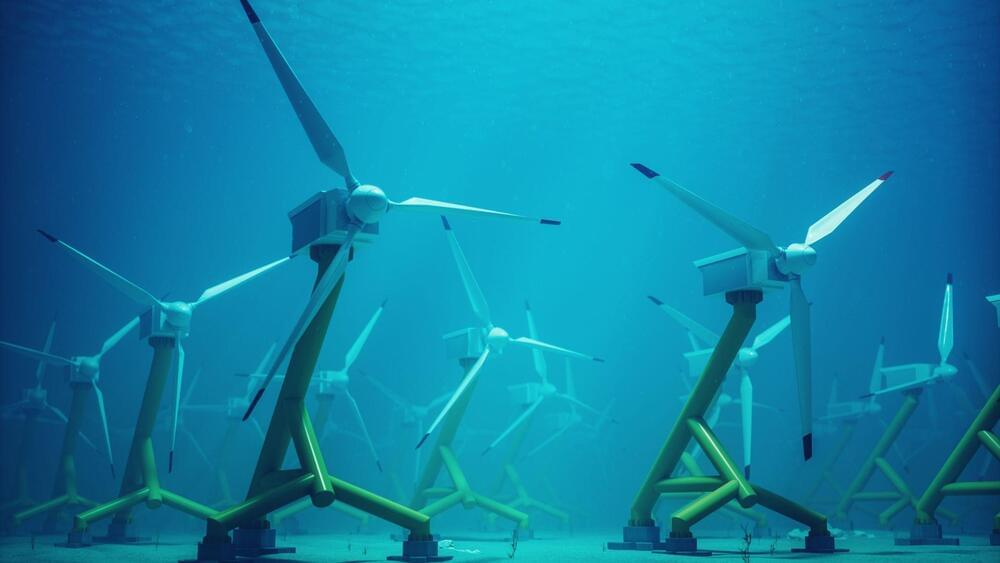Get a Wonderful Person Tee: https://teespring.com/stores/whatdamath.
More cool designs are on Amazon: https://amzn.to/3wDGy2i.
Alternatively, PayPal donations can be sent here: http://paypal.me/whatdamath.
Hello and welcome! My name is Anton and in this video, we will talk about recent discoveries about human brain and various types of neuronal cells.
Links:
https://www.nature.com/articles/d41586-023-03192-2
https://nemoarchive.org/
https://www.science.org/collections/brain-cell-census.
https://www.science.org/doi/10.1126/science.adc8810
https://news.rub.de/english/press-releases/2022-06-0…ir-neurons.
https://www.nature.com/articles/s41559-022-01933-6
https://www.nature.com/articles/s41586-023-06502-w.
https://www.nature.com/articles/s41593-023-01284-w.
https://elifesciences.org/articles/76143
Previous video on major discoveries: https://youtu.be/iGdFh3ENjzc.
More about Neanderthals: https://youtu.be/BvrBl9-TbBs.
#brain #neuron #neuroscience.
0:00 Recent papers on the human brain.
1:00 Human brain atlas and 3,000 new types of cells.
2:00 What was this collaboration for?
2:40 Unexpected complexity of cells in certain brain parts.
4:00 Are there a lot of individual differences? Yes!
4:40 Physical structure appears same across species.
5:10 Genetic activity is very different though.
5:35 Human disorders are unique to humans.
6:30 Unusual layers protecting the brain — SLYM
7:38 Axons turned out to be more unusual, especially in other species.
9:35 Shape of the brain suggests apes and humans are similar only until adolescence.
12:15 Hippocampus in humans is unique focusing on vision…explaining art?
13:48 New memory cell discovered.
15:45 Limitations.
Support this channel on Patreon to help me make this a full time job:
https://www.patreon.com/whatdamath.
Bitcoin/Ethereum to spare? Donate them here to help this channel grow!
bc1qnkl3nk0zt7w0xzrgur9pnkcduj7a3xxllcn7d4
or ETH: 0x60f088B10b03115405d313f964BeA93eF0Bd3DbF
Space Engine is available for free here: http://spaceengine.org.
